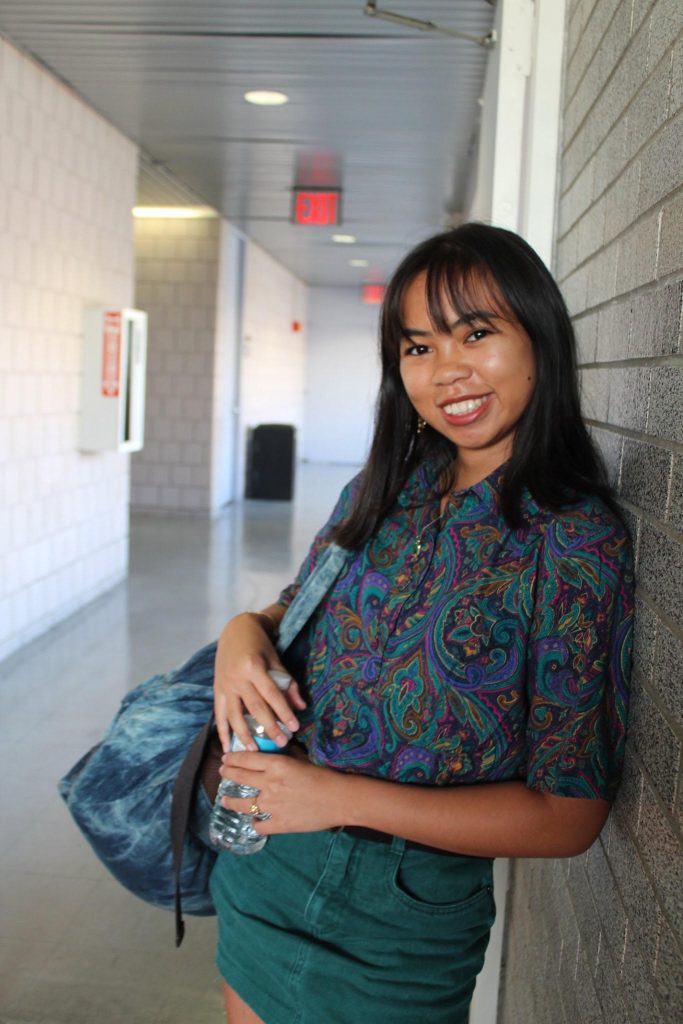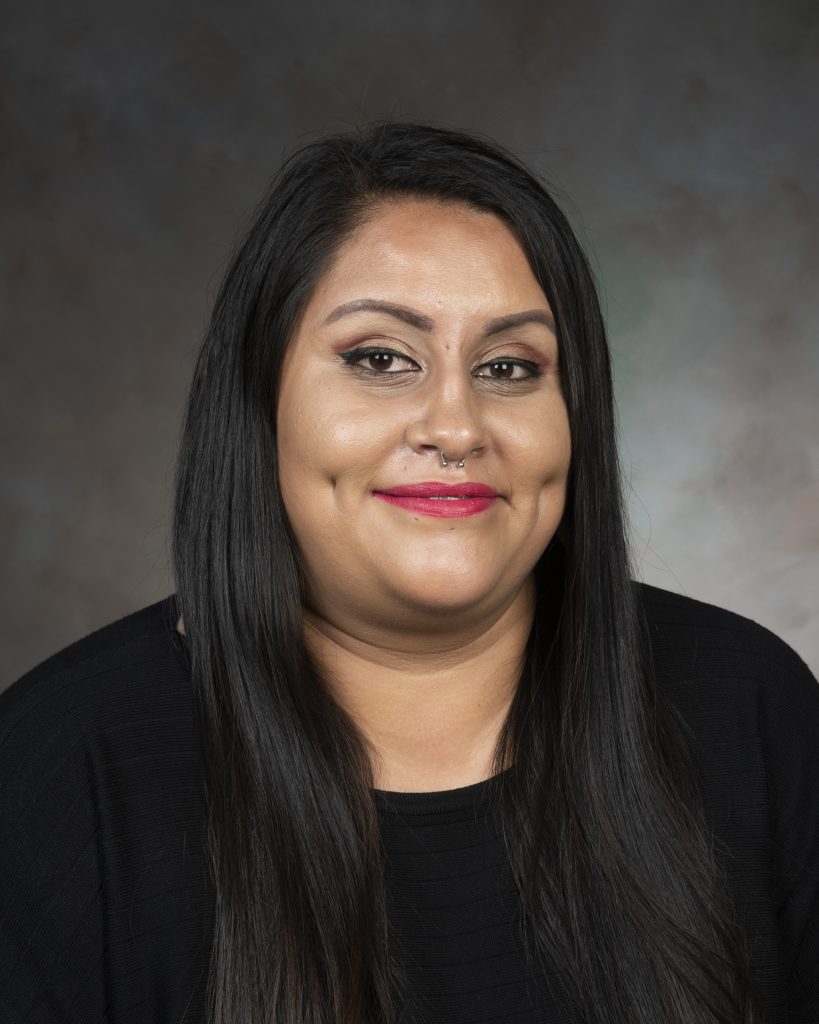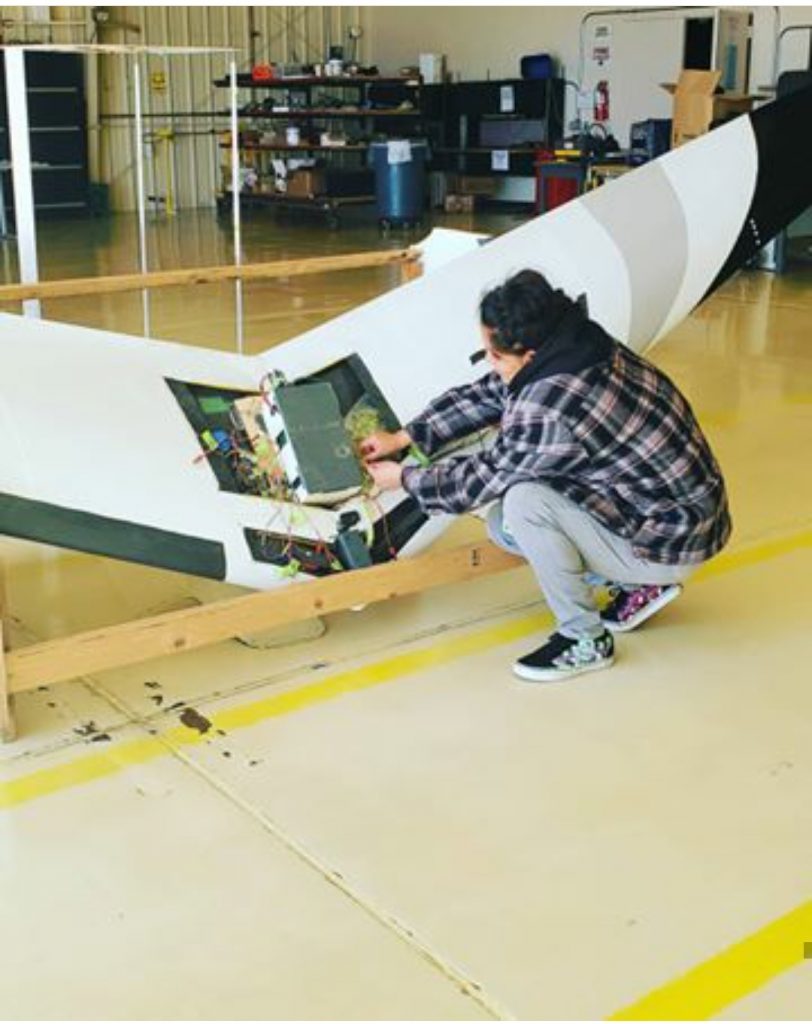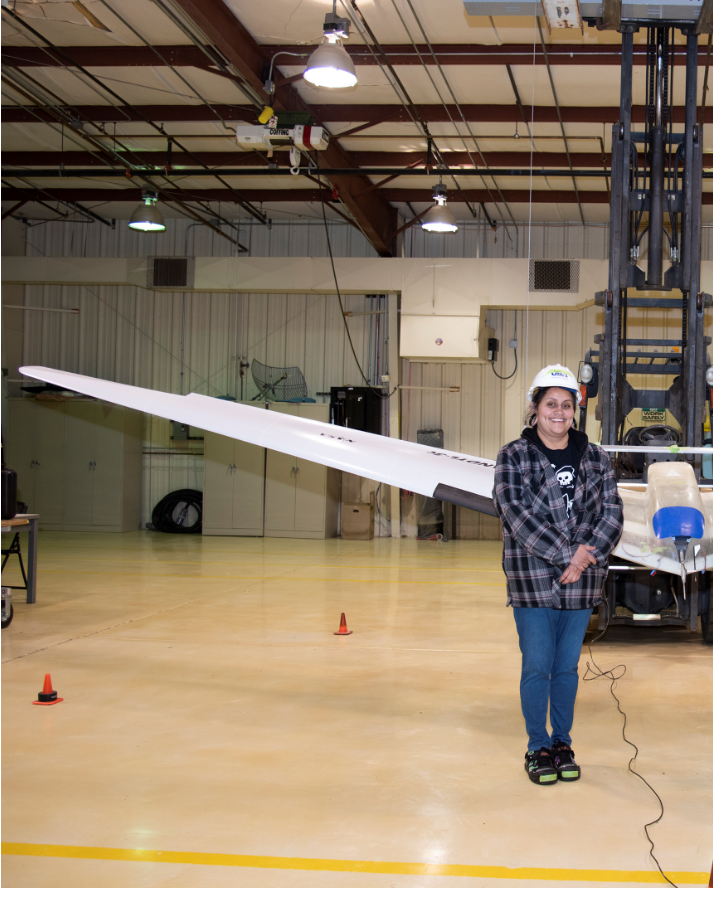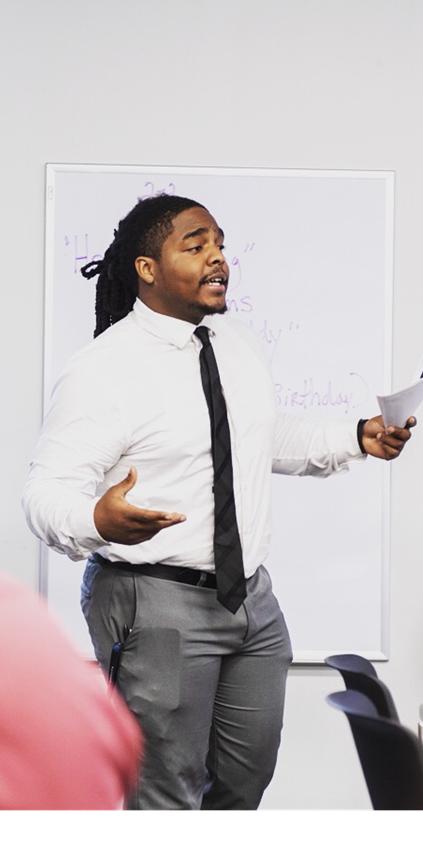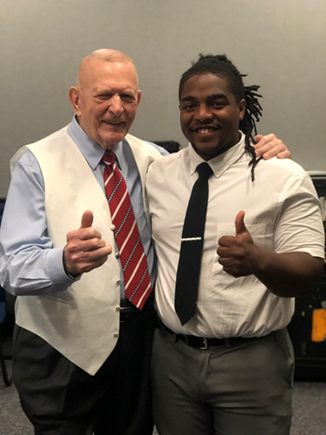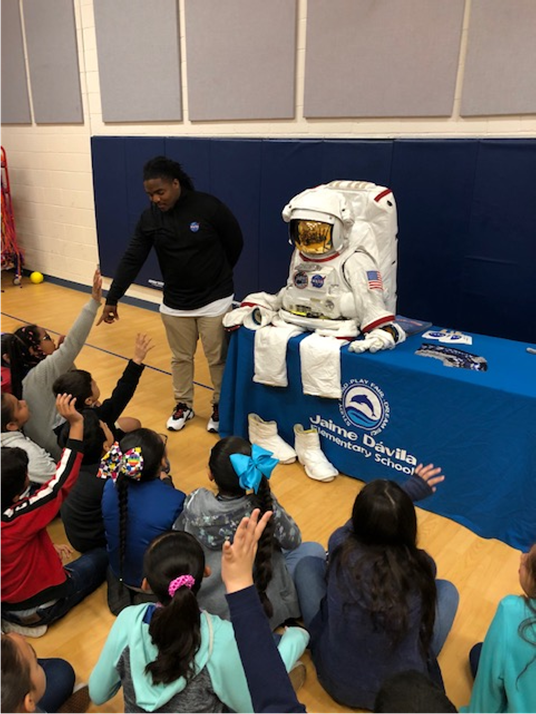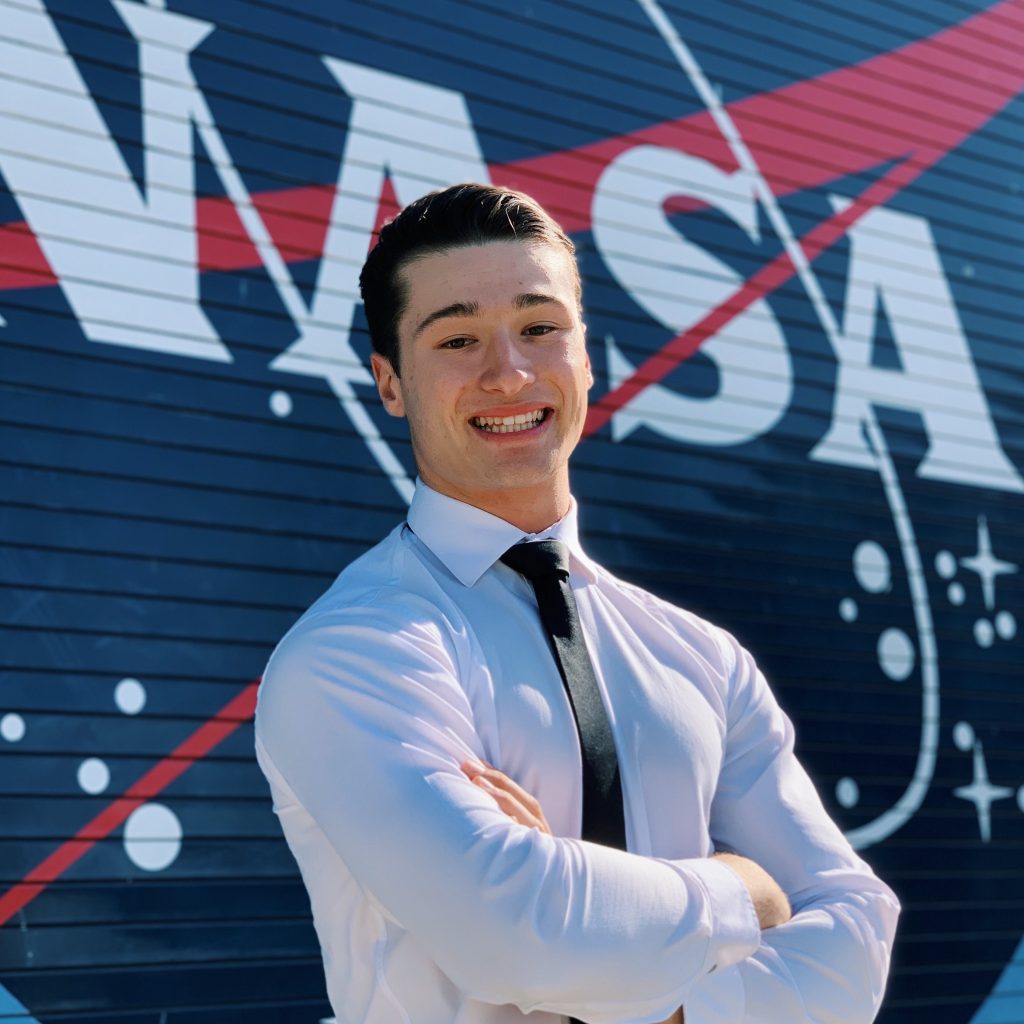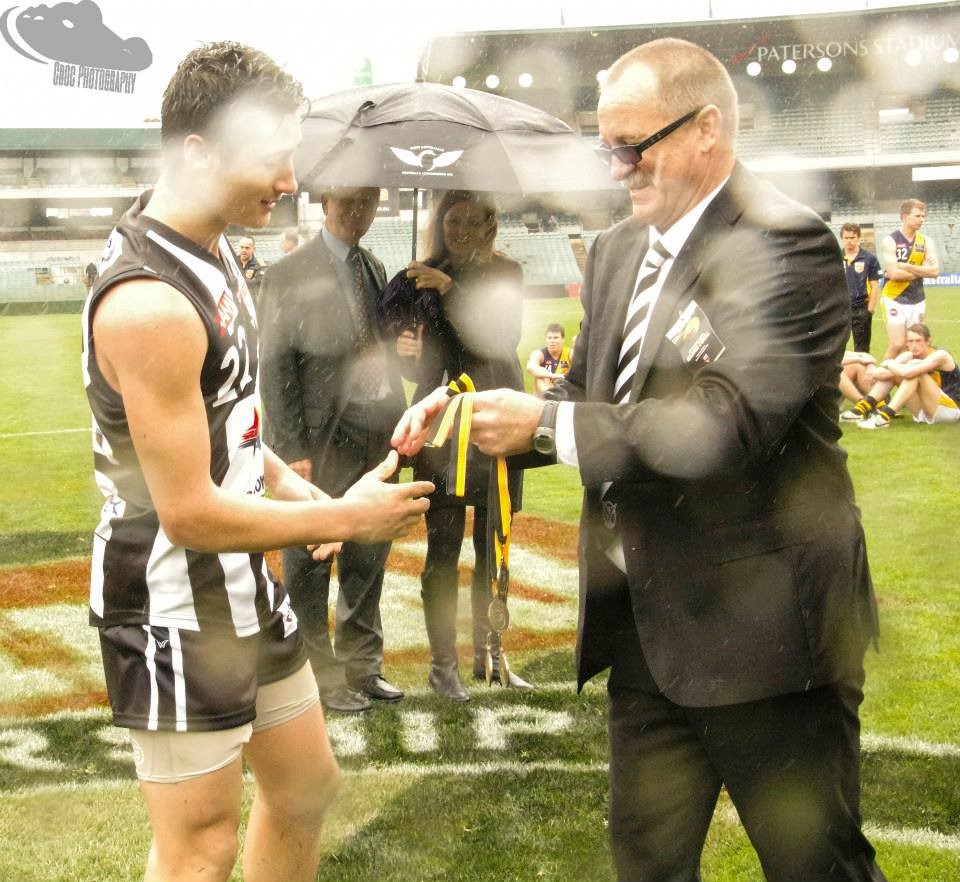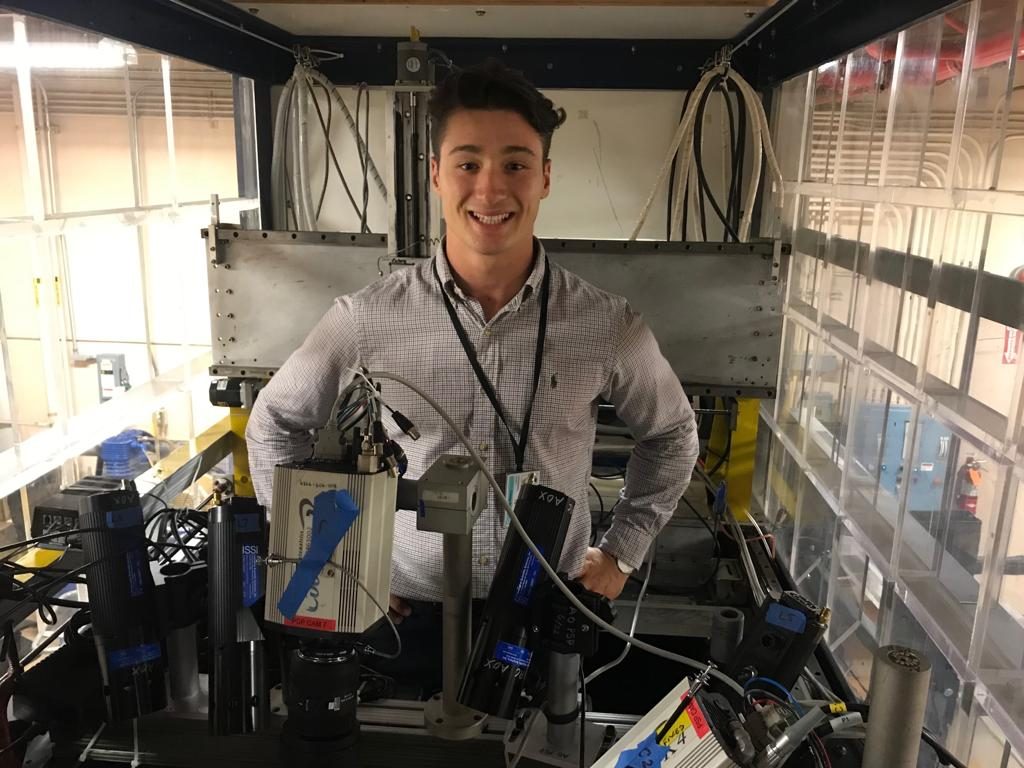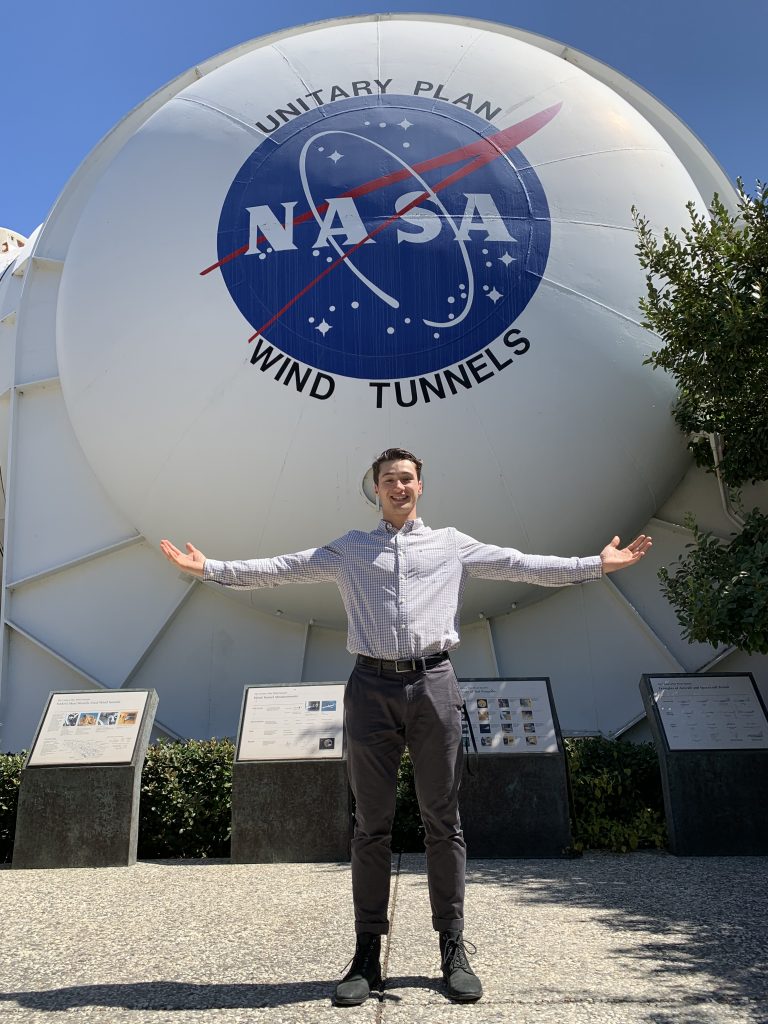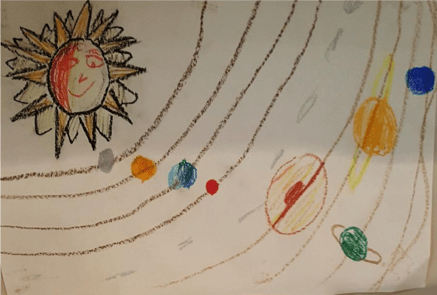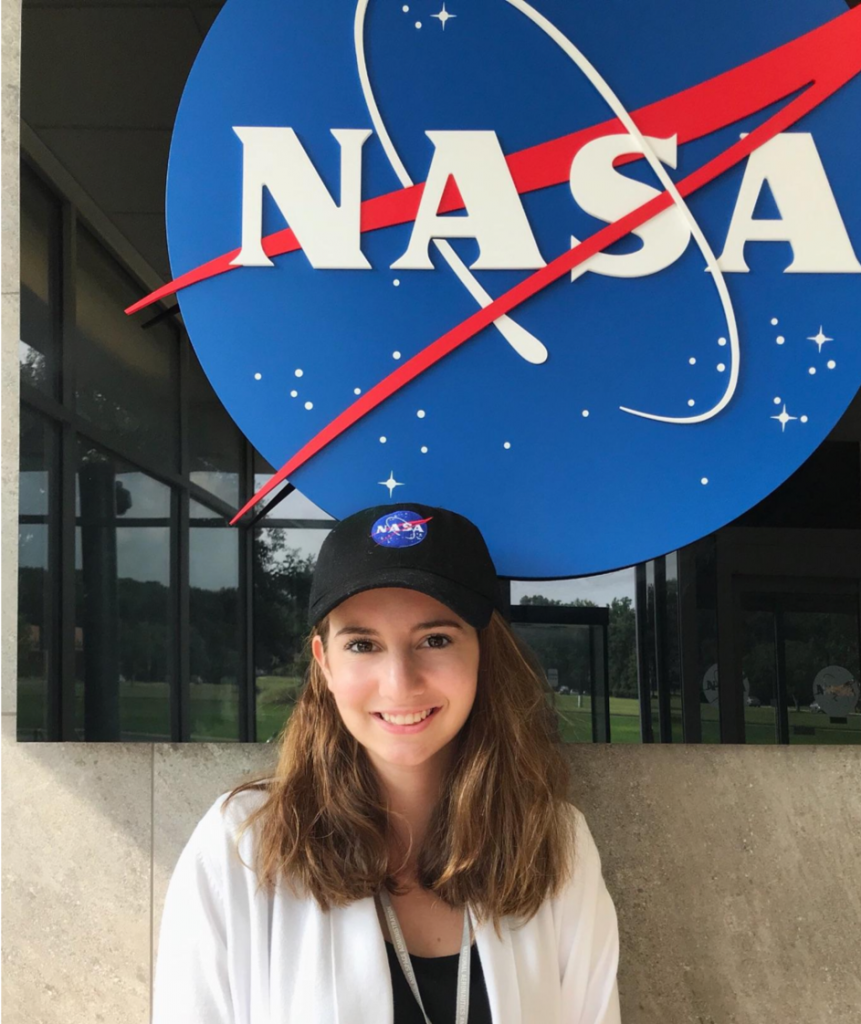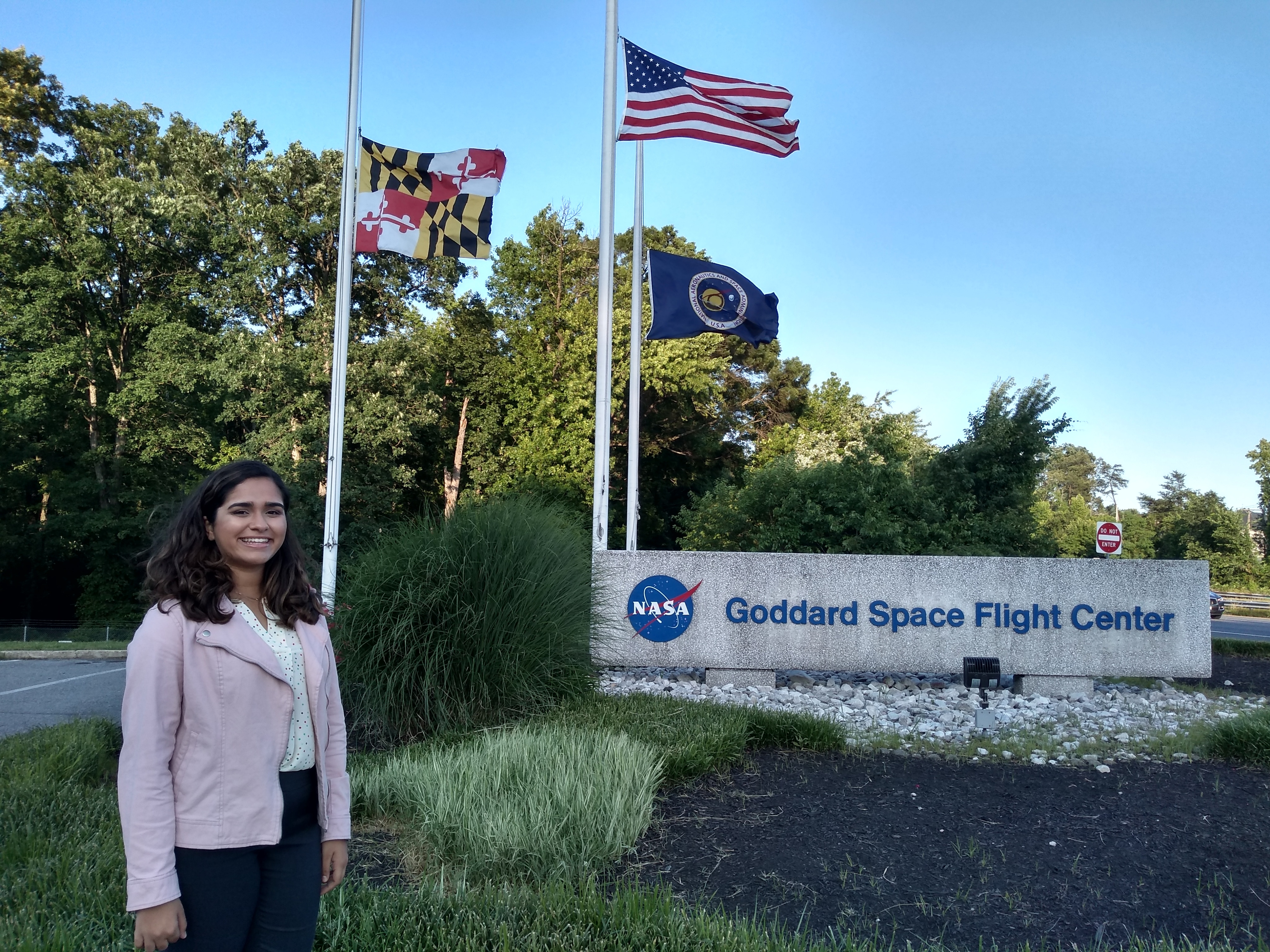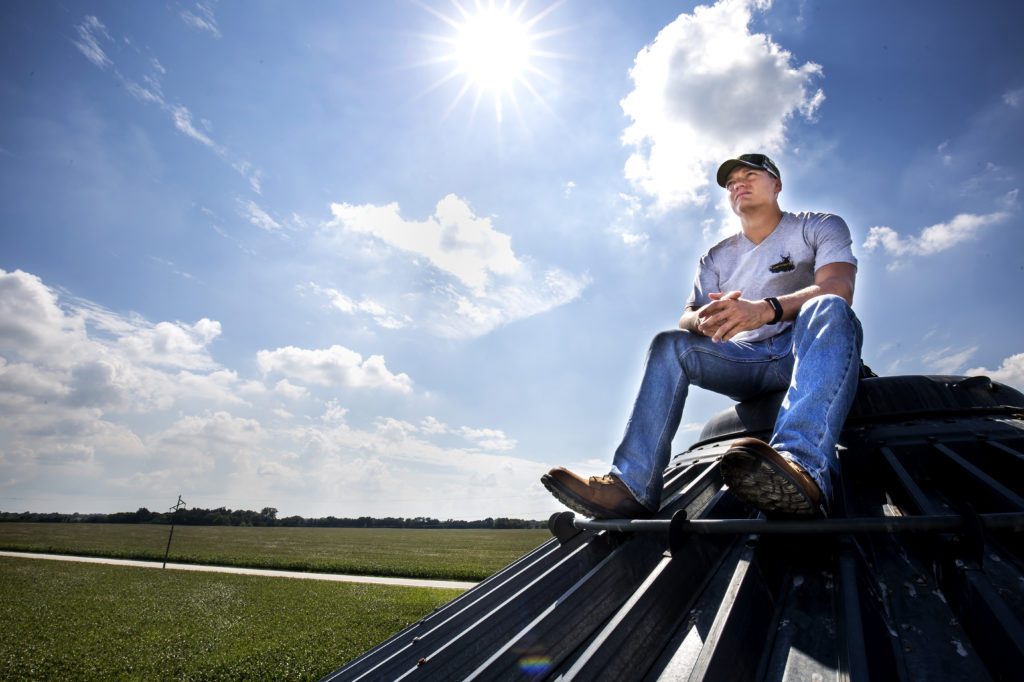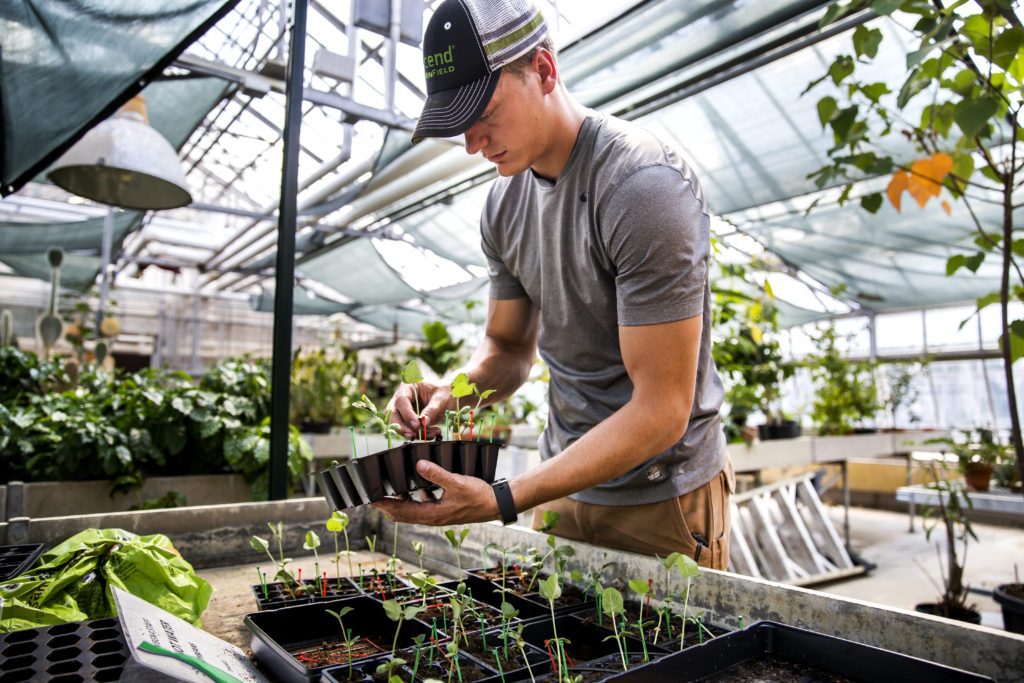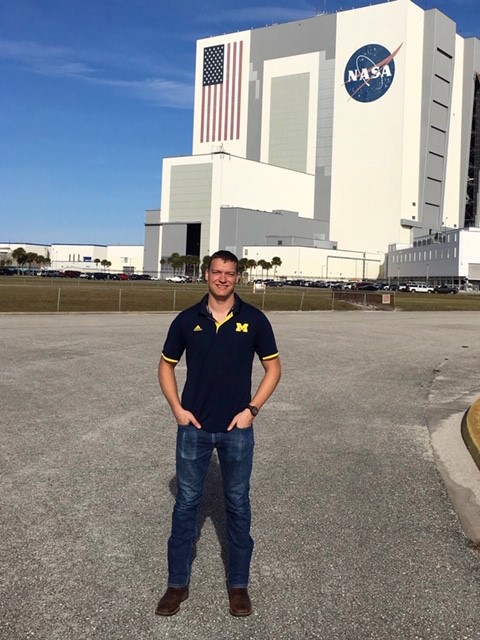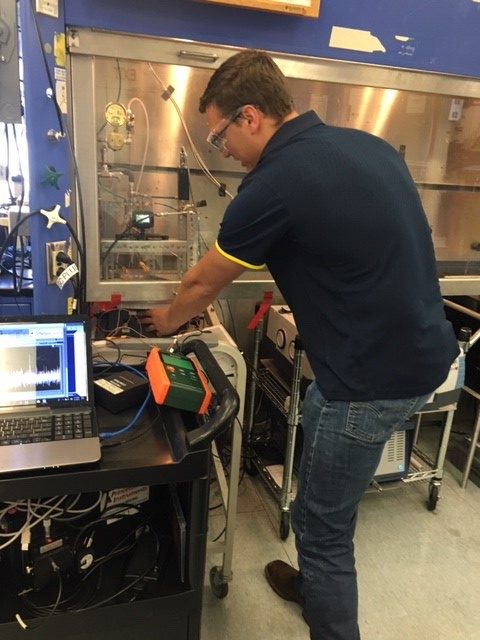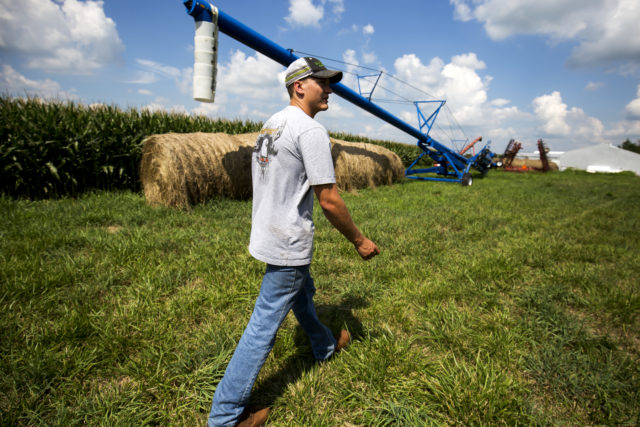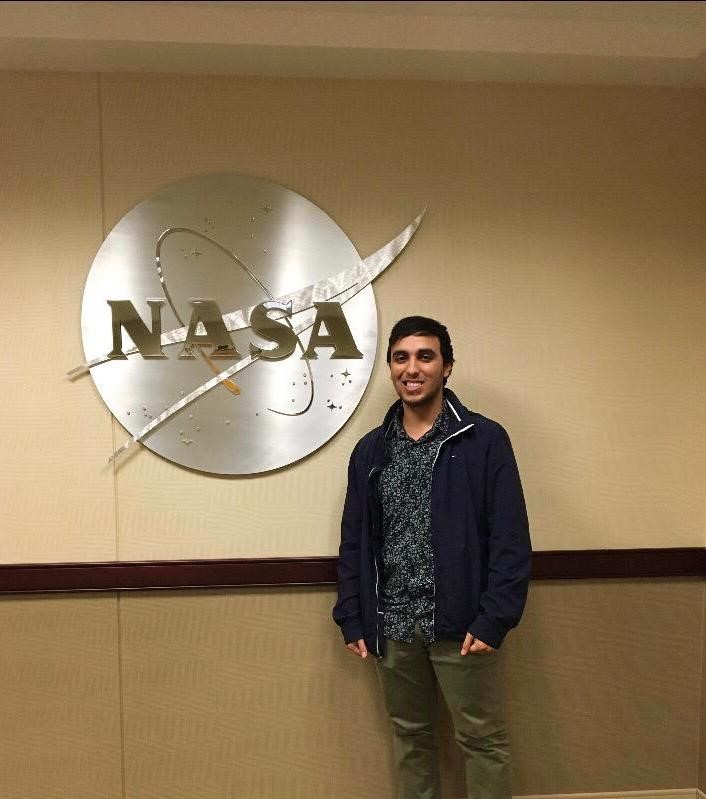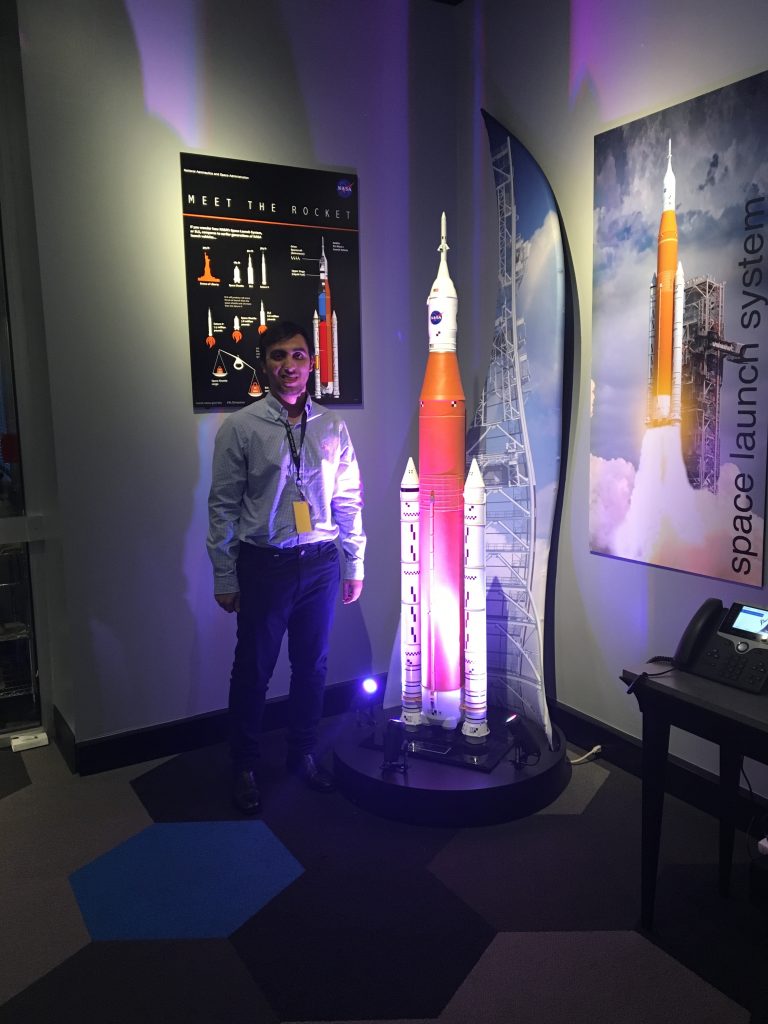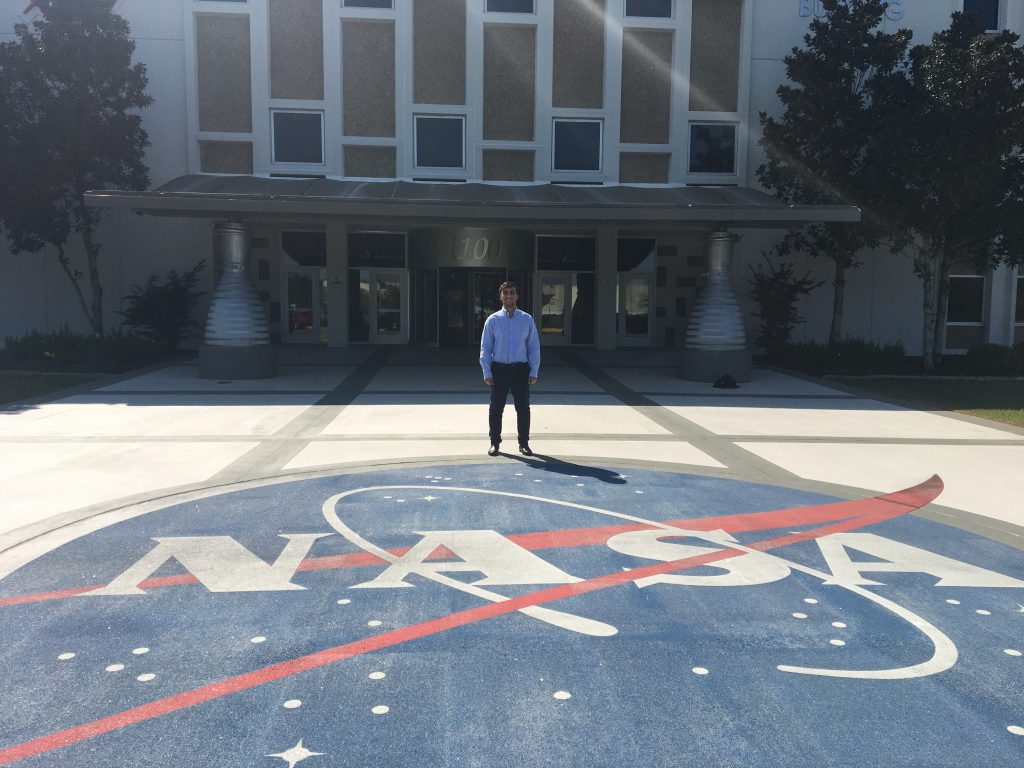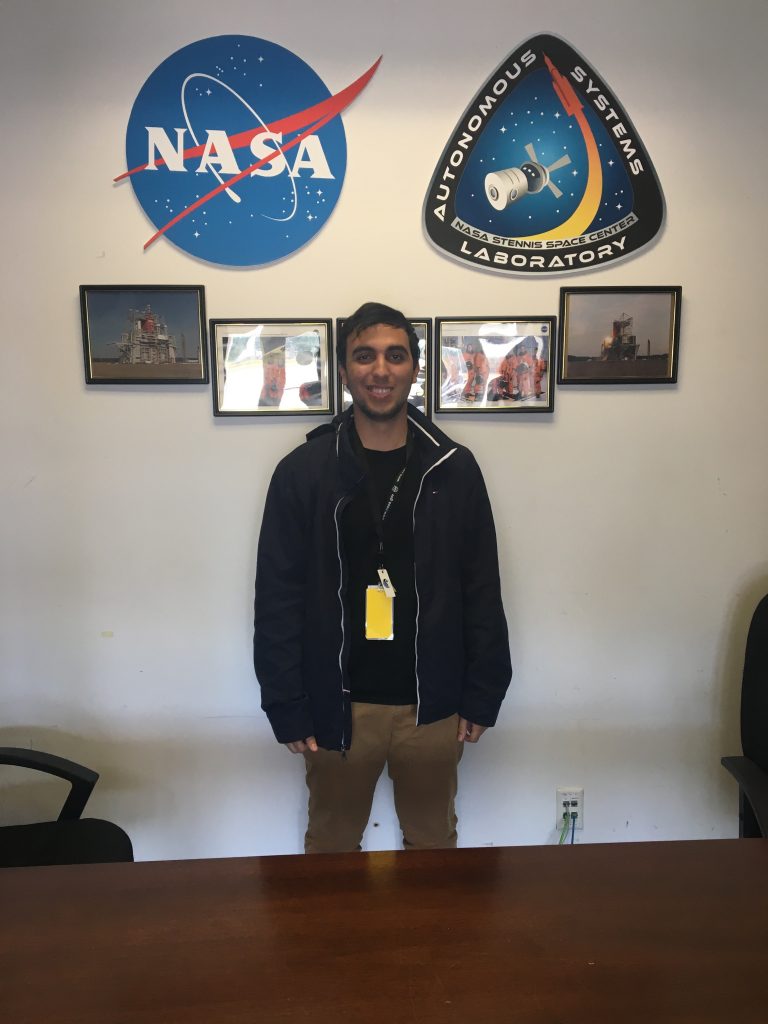By Ramona Barajas-Villar
Women’s History Month: Recognizing some of our intern leaders
At NASA we celebrate Women’s History Month by recognizing some of our interns and their contributions to NASA. Meet Sarah Smith. Sarah is an intern at Johnson Space Center and a recent graduate of the University of Washington Tacoma where she majored in Communication.
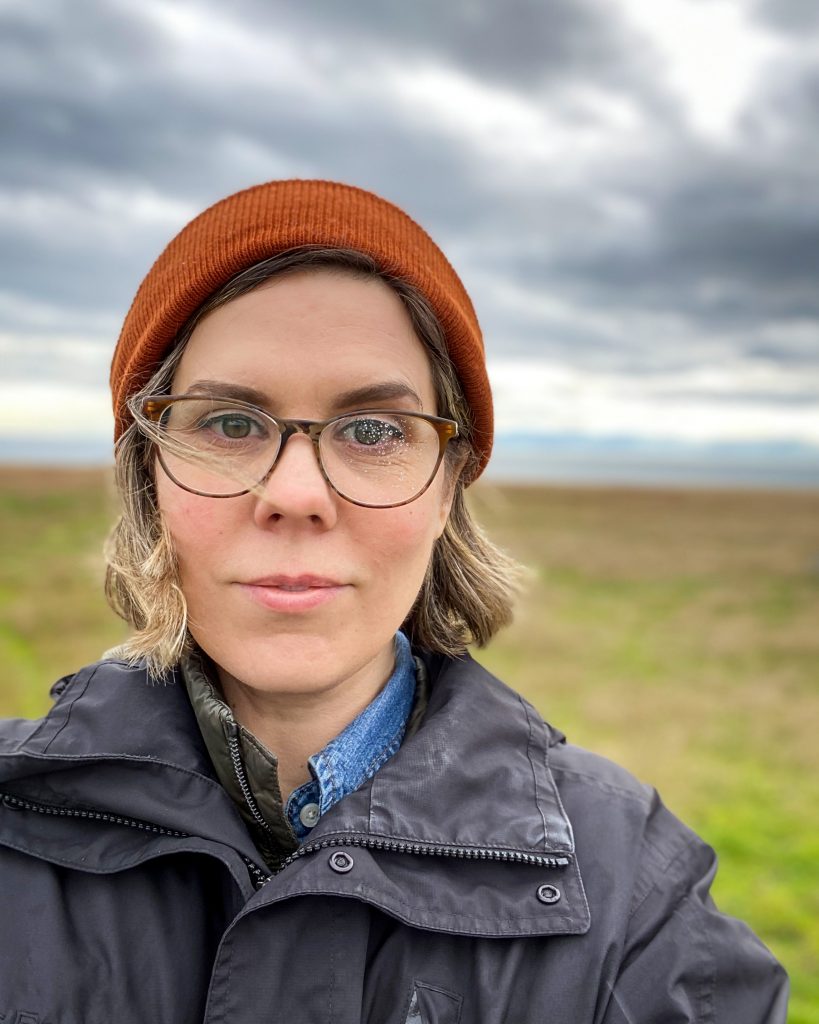
Tell us about your intern journey to NASA or anything you would like to share.
I’m a non-traditional student who returned to school later in life to change career paths, as well as finally finish my degree. My undergraduate experience was awesome and nothing short of life changing. As a student at the University of Washington Tacoma, I found my calling in science communication and media production. With the encouragement of two of my amazing professors, Bill Kunz and Cheryl Greengrove, I took on a research project to create a documentary with the UW School of Oceanography about building the Regional Cabled Observatory, part of the Ocean Observatories Initiative. As I looked toward graduation in December 2020, I wanted to find opportunities that would help me continue to learn and grow while also utilizing my skillset to contribute to something bigger than myself. I never thought I’d be working at NASA, but when I came across the opportunity to apply to be an intern, I jumped at it. I feel so lucky now to be in this position as a STEM on Station intern, and to be doing what I love – storytelling, media creation, and communicating about science and the NASA mission. I’ve already learned so much and feel so supported and valued by my STEM on Station team. This internship is truly a dream come true!
What is your role on your current project?
STEM on Station intern – communications support.
How does your project tie into the Moon To Mars mission? The Artemis program? Any other NASA mission?
STEM education and engaging students around the country in NASA missions and programs, specifically through STEMonstrations, SPOCS, Downlinks.
How are you staying connected to other interns? NASA employees?
I try to attend as many online events as I can to get to know others, and make sure to introduce myself to other interns and NASA employees whenever possible so they can also get to know me. I’ve connected with a few interns so far who are also non-traditional students or recent graduates, and we’ve chatted over coffee a couple times to get to know each other a bit better and begin to build a network. I also attend the “Coffee with Coordinators” meetings whenever possible to stay connected!
What student organization (school, community, etc.) has helped you develop professionally in your STEM/non-STEM journey?
Working on campus, volunteering and taking advantage of every opportunity to learn and grow outside of the classroom is so important as an undergraduate student. While not a student organization, I worked a student job in the Advancement office on campus and hosted the school’s podcast. I learned so much in this position, and had the opportunity to conduct interviews on such interesting topics! Also, taking on an undergrad research documentary video project led to some incredible growth as a STEM communicator. It provided some really exciting out-of-the-box opportunities to learn about how technology is advancing ocean science and exploration.
How do you feel interning during #CountdownToMars?!
It’s super exciting! I have two teenage daughters and it feels extra special to share the #CountdownToMars with them as well. We’re all looking forward to tuning in next week to watch the landing.

